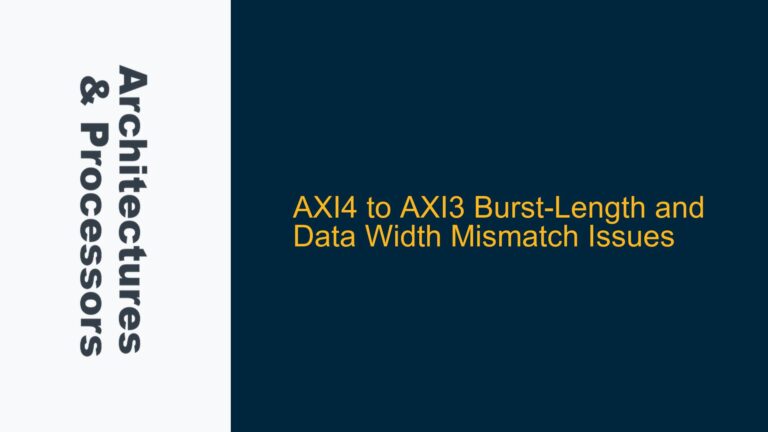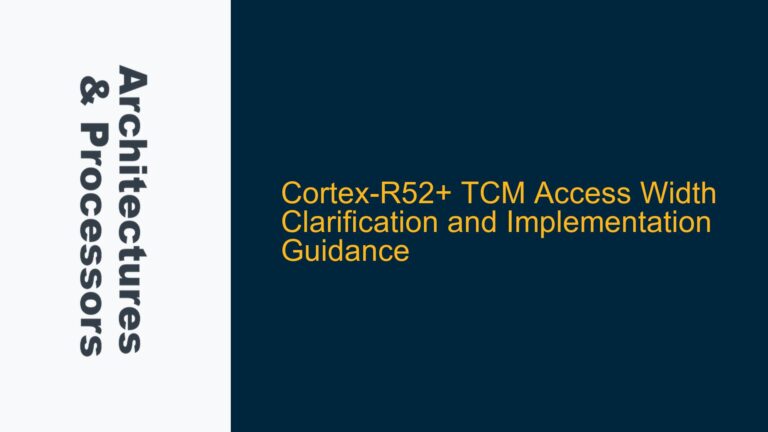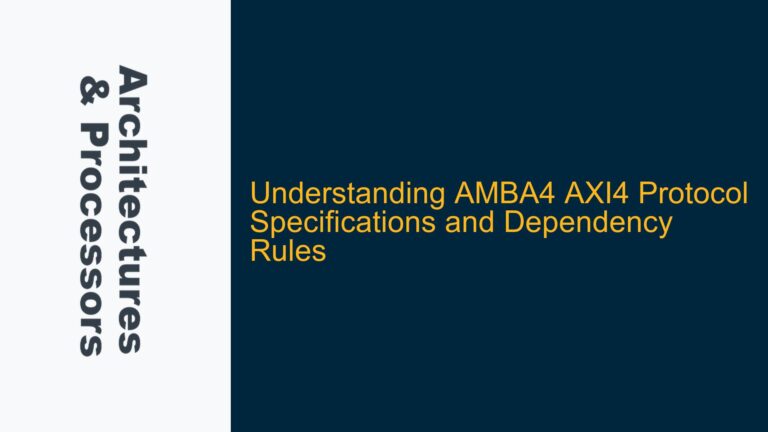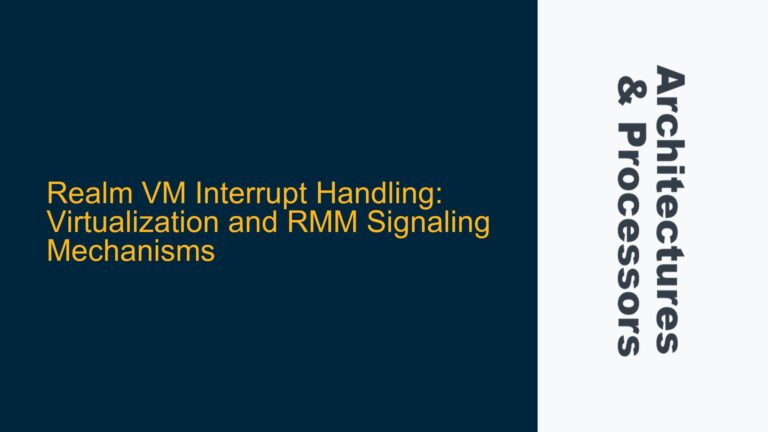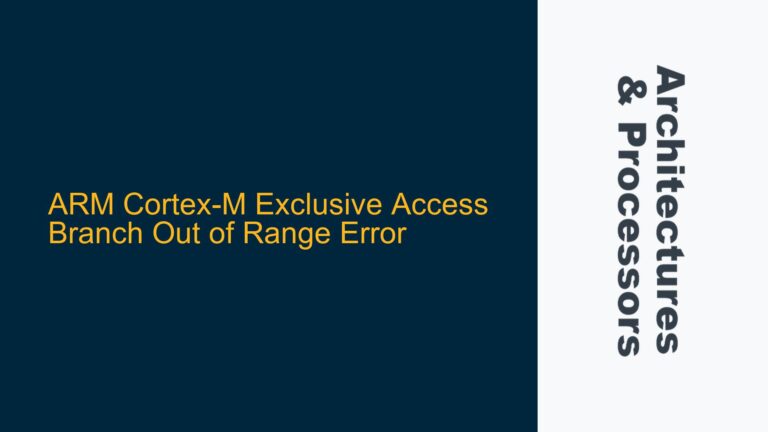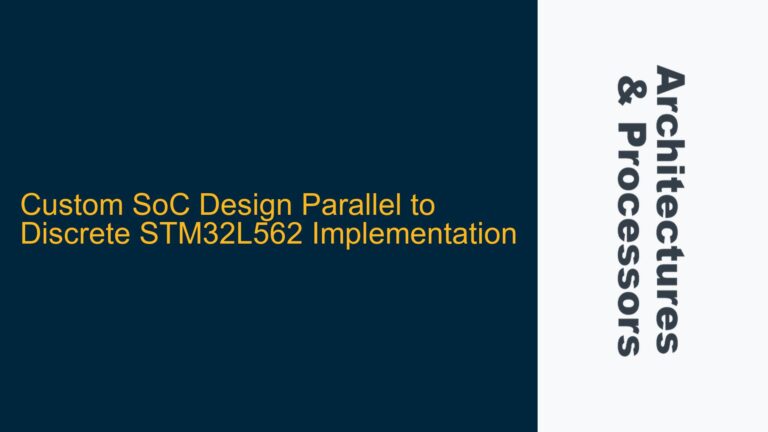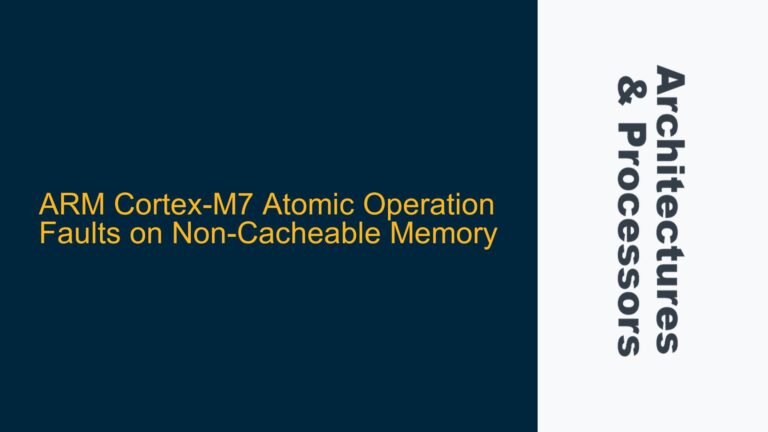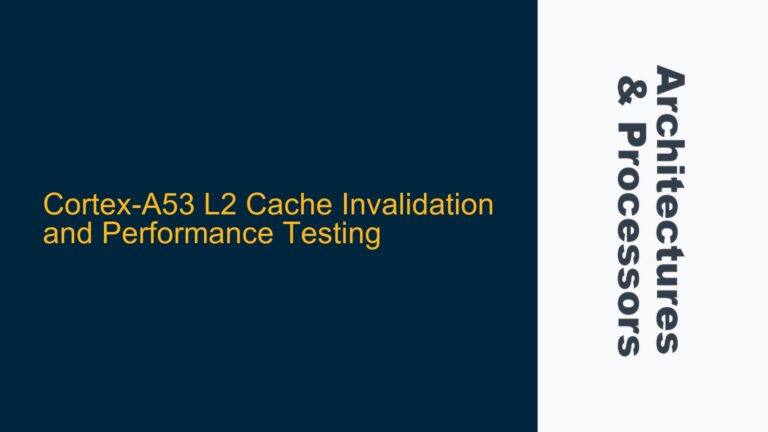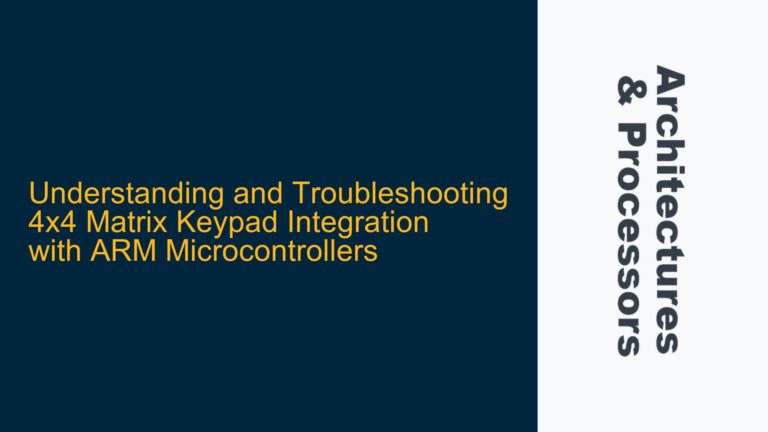AXI4 to AXI3 Burst-Length and Data Width Mismatch Issues
AXI4 Master to AXI3 Slave Data Transfer Challenges with 64-bit to 32-bit Downsizing When integrating an AXI4 master with an AXI3 slave in a System-on-Chip (SoC) design, one of the most common challenges arises from the mismatch in data widths and burst-length configurations. In this scenario, the AXI4 master is configured to send 64-bit data…
